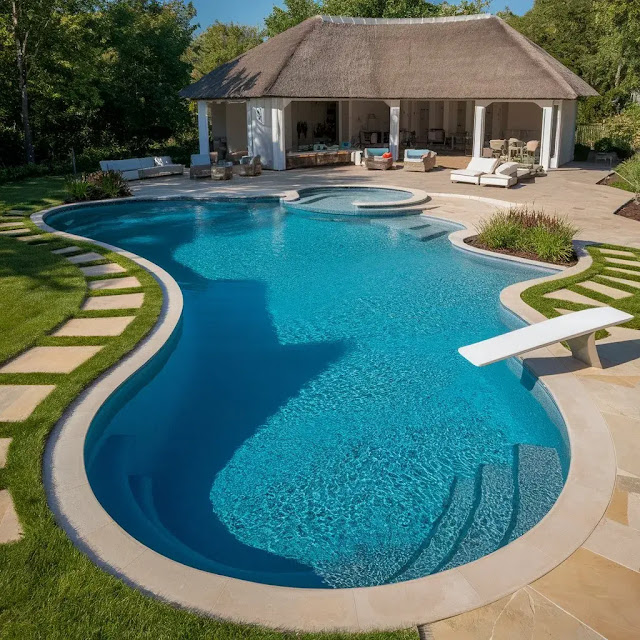Selecting the Optimal Depth for Your Inground Pool: A Detailed Guide
When planning an inground pool, selecting the right depth is crucial for both functionality and user enjoyment. This guide explores various depth options and offers insights to help you make the best decision for your pool.
Understanding Different Depth Options
The shallow end of an inground pool is typically 3 to 4 feet deep. This area is ideal for families with young children or individuals who prefer standing and socializing in the water. A shallow end provides a safe environment for kids to play and learn to swim under supervision. It's also perfect for adults who enjoy water aerobics or lounging on flotation devices.
However, a shallow end is not suitable for diving or certain water sports. If your goal is to create a recreational area where everyone can enjoy various activities safely, including a shallow end in your pool design is essential. Consider adding a graduated or beach entry, which slopes gradually from the deck into the pool, enhancing accessibility for all ages and abilities.
The deep end of an inground pool is generally more than 5 feet deep, with some pools reaching depths of 8 feet or more. A deep end is essential for activities like diving, cannonball jumps, and games requiring more water depth. It's especially appealing to teenagers and adults who are confident swimmers and enjoy adventure in the water.
When designing a pool with a deep end, safety is paramount. If you plan to install a diving board or slide, ensure the deep end is deep enough to prevent accidents. Consider clear signage indicating the depth and provide swim lessons or safety instructions for all users.
Maintaining a balance between shallow and deep areas in the pool is vital for catering to a wide range of activities and preferences. Some pool designs feature a gradual slope from shallow to deep, while others have a more defined separation between the two areas. This choice depends on how you intend to use the pool and the preferences of its primary users.
Factors to Consider When Choosing Inground Pool Depth
The primary factor in determining your pool's depth is its intended use. If the pool is mainly for family fun and relaxation, a larger shallow area may be preferable. Conversely, if you want a pool that supports diving and vigorous swimming, a deeper section will be necessary.
Safety should always be a top priority. Consider the swimming abilities of those who will use the pool most often. Families with young children or inexperienced swimmers should prioritize a larger shallow area and incorporate safety features like non-slip surfaces, clear depth markers, and easy access points.
The size of your backyard and your budget will also influence your pool depth decisions. Deeper pools require more excavation, which can increase construction costs. Additionally, the shape and size of your pool should complement your outdoor space and meet your aesthetic preferences.
Choosing the right depth for your inground pool involves considering its use, prioritizing safety, and balancing practical constraints like space and budget. By thoughtfully planning the depth, you can create a versatile and enjoyable space that meets the needs of all its users.

Comentarios
Publicar un comentario